When it comes to choosing an OLED TV, the market offers a plethora of exceptional brands known for their cutting-edge technology and stunning display quality. Whether you're looking for the best cinematic experience or superior gaming performance, these brands are leading the charge with their innovative designs and features. From ultra-thin profiles to vibrant color accuracy, OLED TVs provide an unparalleled viewing experience that can transform any living room into a personal theater. To explore a comprehensive list of the best brands for OLED TVs and discover which one might be perfect for you, continue reading below.
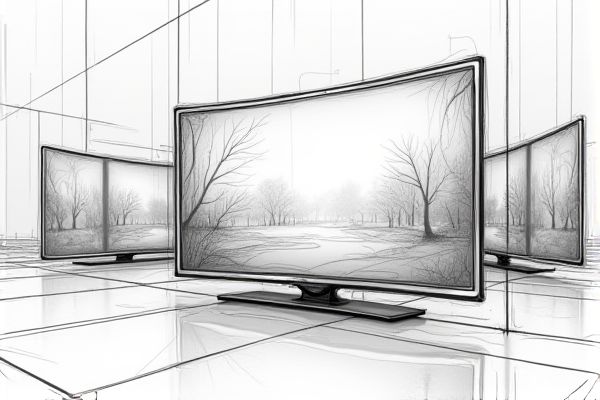
Illustration of oled tvs
Best brands of oled tvs in 2025
LG
LG Electronics has solidified its position as a leader in the OLED TV market, dominating the global OLED sector for 11 consecutive years. In 2023, LG shipped 3 million OLED TV units, capturing a 53% share of the global OLED TV market. The company's ultra-large OLED TVs, particularly those over 75 inches, saw significant growth, with LG holding a 60% market share in this segment. LG's OLED TVs are renowned for their advanced AI processors, such as the a (Alpha) 11 AI processor, and the webOS smart TV platform, enhancing the home entertainment experience. The company's commitment to innovation and quality has made its OLED TVs a top choice for consumers. For more details on LG's market leadership, visit their official newsroom.
Sony
Sony is renowned as one of the top producers of OLED TVs, known for its exceptional picture quality and advanced features. The Sony A95L OLED, for instance, stands out as one of the best OLED TVs available, offering superior HDR experience with Dolby Vision, excellent audio format support, and a nearly infinite contrast ratio. In the global OLED TV market, Sony holds a significant share, with around 17.9% of the market in the first half of 2023. Sony's OLED TVs are highly praised for their vibrant colors, low input lag, and compatibility with various VRR technologies, making them ideal for both home theater and gaming applications. The company's commitment to innovation and quality has solidified its position as a leader in the premium TV segment.
Samsung
Samsung has solidified its position as a leading producer of OLED TVs, recording 1.01 million unit sales in 2023 and capturing a 22.7% market share in the OLED sector. This achievement is part of Samsung's broader dominance in the global TV market, where the company has maintained a 30.1% market share for 18 consecutive years. Samsung's OLED TV lineup is set to expand in 2024, including new 42- and 48-inch models, which is expected to surge their market share. The company also leads in premium TV segments, holding a 60.5% market share for TVs priced over $2,500 and a 33.9% share for TVs over 75 inches. Samsung's innovative QD-OLED technology, such as the Quantum Enhancer, enhances picture quality and brightness. For more details, visit Samsung's OLED TV segment report.
Panasonic
Panasonic is renowned for its high-quality OLED TVs, having recently returned to the US market after a decade-long absence with its new line-up, including the flagship Z95A and Z85A OLED TVs, and the W95A mini-LED TV. These models feature Panasonic's proprietary HCX Pro AI Processor MK II and Master OLED Ultimate panel, ensuring exceptional picture accuracy and brightness. Despite facing challenges in 2022, with Panasonic's OLED TV shipments declining by 23.3% due to economic factors, the brand remains a significant player, particularly with its collaboration with Amazon and integration of Fire TV. Panasonic's TVs are designed and developed in Japan, reflecting the company's 70 years of experience in television development. The new models are available in sizes ranging from 55 to 85 inches, catering to a wide range of consumer preferences.
Philips
Philips is a prominent player in the OLED TV market, known for its high-quality displays and innovative features such as Ambilight. In 2021, OLED TVs, including those from Philips, captured a significant share of the European premium TV market, with OLEDs reaching 47.7% of the market and expected to increase to 55% in 2022 and 66% the following year. Philips, along with LG and Sony, dominates the OLED TV sales in Europe, with Philips holding an 11% sales share in the region. The company's OLED TVs are equipped with advanced technologies like Dolby Vision and Dolby Atmos, enhancing the viewing experience. Philips' commitment to innovation and quality has earned its OLED TVs numerous awards and a strong market presence. For more information, view the Philips OLED TV market analysis document.
Vizio
Vizio is renowned as one of the top producers of OLED TVs, offering exceptional picture quality and innovative features. With its SmartCast TV OS, Vizio boasts over 18 million active users and has seen a 14% year-over-year increase in ARPU, contributing to a 27% annual increase in advertising revenue. Vizio's OLED TVs feature 4K UHD resolution, Dolby Vision HDR, and a 120Hz refresh rate, making them ideal for gaming and entertainment. The company's revenue from its ad-based Platform+ segment has grown significantly, with a 134% increase in revenue from 2020 to 2021. Despite a 3.28% decline in total revenue in the last 12 months, Vizio remains a strong player in the TV market.
Hisense
Hisense has emerged as a significant player in the high-end TV market, ranking second globally with a 24% market share in the third quarter of 2024 and leading in China, according to Counterpoint Research. The company's premium TV strategy, particularly with its ULED TVs incorporating Mini LED technology, has driven a 102% year-on-year increase in Mini LED TV shipments, surpassing OLED TV shipments. Hisense's ULED TVs, such as the U8N series, offer impressive brightness, deep blacks, and vibrant colors, making them a strong alternative to OLED TVs at a more affordable price. The company's focus on larger screen sizes and advanced features like 144Hz VRR and Dolby Atmos audio has also contributed to its success. Hisense's market share is on par with LG in the premium segment at 18%, highlighting its growing influence in the global TV market. For more details on the TV trends, visit the Consumer Reports article.
TCL
TCL has emerged as a significant player in the global TV market, particularly in the premium segment, with its aggressive marketing and pricing strategies. As of Q1 2024, TCL holds a 12.6% market share, up from 11.9% the previous year, and its revenue share has increased to 11.6% from 9.8% in the same period. TCL's success is driven by its innovative Mini LED TV technology, introduced in 2019, and the recent launch of the world's largest 115-inch Mini LED TV. The company's premium TV offerings have seen rapid growth, and it is expected that Mini LED TV shipments will surpass OLED TV shipments by 2027. TCL's expansion into the premium market has also led to it being ranked as the global top 2 TV brand for two consecutive years. For more detailed information, visit TCL's official website.
Sharp
Sharp, although not a leading producer of OLED TVs, has been involved in OLED technology since 2018. The company briefly ceased OLED production in 2019 but resumed it in 2021, focusing on high-end AMOLED panels using IGZO backplanes. However, Sharp has not achieved mass volume production of OLEDs. Instead, the company is shifting its focus towards other display technologies like QD-EL displays and microLED for wearable and AR/VR applications. Sharp's decision to exit the LCD TV market by the end of 2024 further indicates its strategic shift away from traditional display technologies. For further details about Sharp's exit from the LCD TV market and the future of its display business, visit OLED-Info.
Bang & Olufsen
Bang & Olufsen is a renowned brand in the OLED TV market, known for its collaboration with LG Electronics to deliver exceptional TV technology. The company's BeoVision Eclipse, a result of this partnership, combines LG's cutting-edge OLED panels with Bang & Olufsen's superior acoustics and design, offering a seamless and immersive viewing experience. In 2021, LG Display, which supplies OLED panels to Bang & Olufsen, achieved a record quarterly sales of 1.41 million OLED TV panels, with Bang & Olufsen being one of the over 20 brands benefiting from this technology.


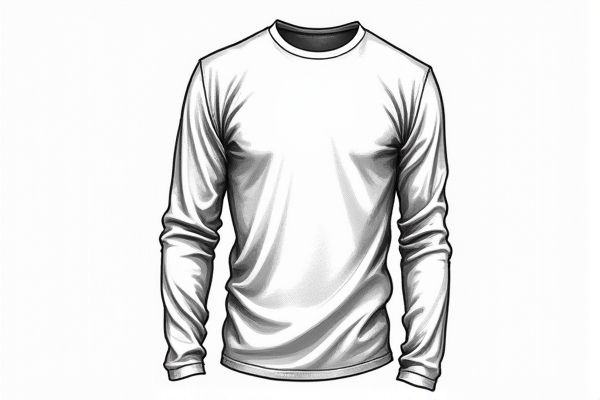








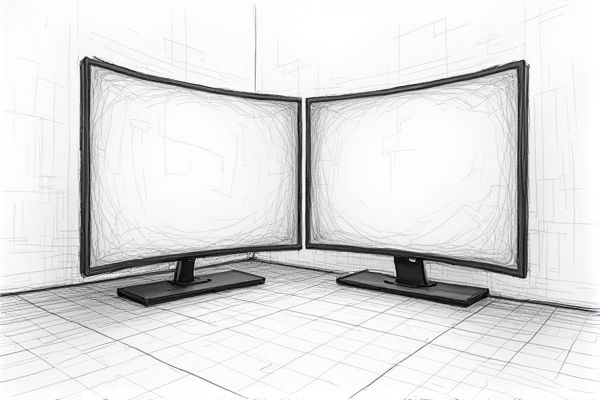
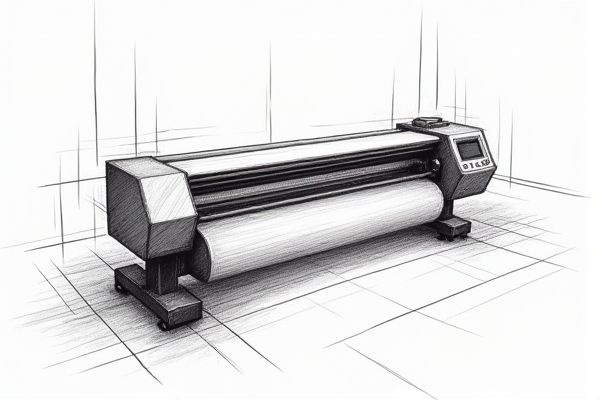
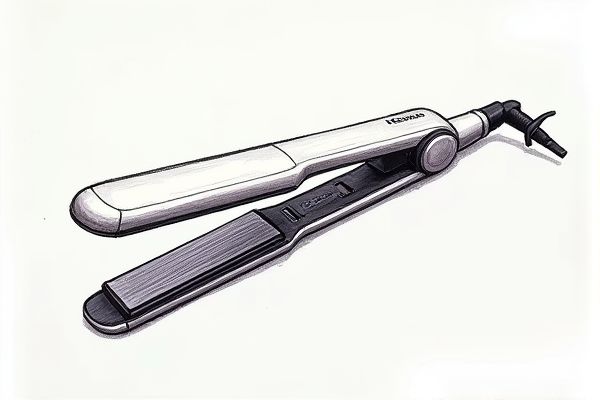

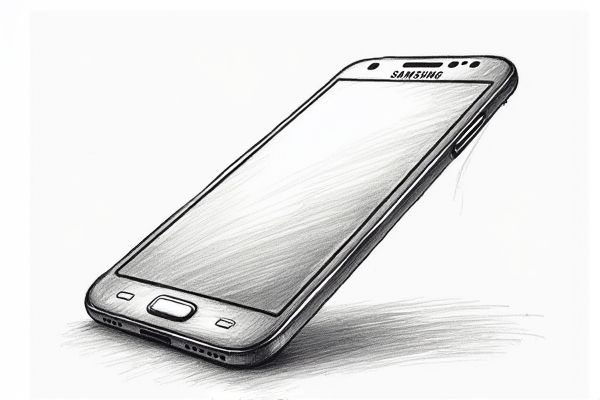
Leave a Reply
Your email address will not be published.